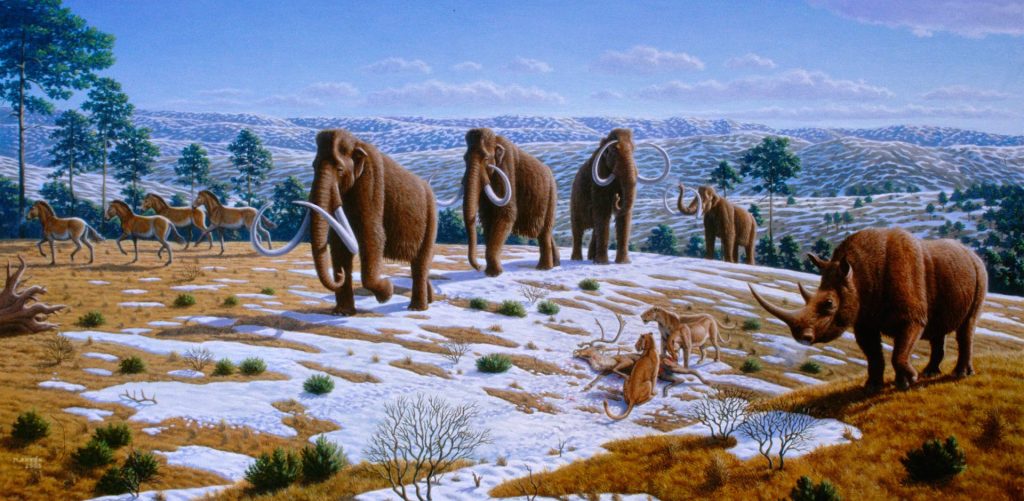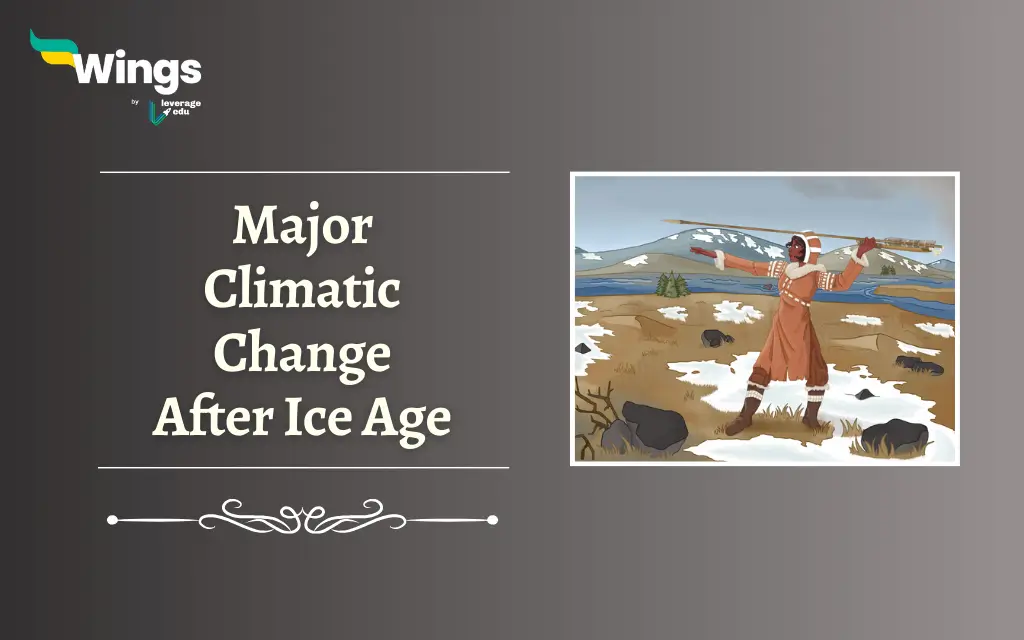Climate Change and the Ice Age go hand in hand, be it the beginning or the end of the Ice Age. In fact, the Ice Ages have been known for their extreme and abrupt temperature changes. Though these changes occurred after thousands of years, they were still seen as abrupt. This is because nature had settled itself to the colder climate conditions during this time, so climate changes disturbed more natural patterns after thousands of years than they would in a few years.
The Pleistocene Epoch or Ice Age began in the Palaeolithic Age and ended with the start of the Mesolithic Age. This is why the Middle Stone Age saw major developments in the living and hunting patterns of humans which have been discussed below. This blog is centred around seeing major climatic changes in the Ice Age during the Mesolithic period and how it impacted the life and lifestyle of Stone Age man.
Also Read: Stone Age Tools
The Climatic Changes
The drooping temperatures of the Ice Age rose to levels that we experience today. These changes can be attributed to the periodic changes in the Earth’s orbit. Earth has three orbital cycles called the Milankovitch cycles;
- The Precession Cycle affects how much summer sun is received at high latitudes.
- The Obliquity Cycle changes the radiation of the sun received during a year at the poles versus the equator.
- And, the Eccentricity Cycle governs the length of the seasons and affects the importance of the precession cycle.
Together they govern the distribution of the sun’s energy received at different parts of the earth. Another important factor to govern the Ice Age temperatures is the greenhouse gasses. They amplify the variations in orbital changes to accelerate these processes.

Also Read: Neolithic Age: Origin & Characteristics
Effects of Climate Change at the End of the Ice Age
Once the Ice Age was over, the climate started getting warmer with rapid temperatures increasing throughout the world. This completely changed the flora and fauna of the earth during that time. A lot of species went extinct and biodiversity was born out of the warming regions. Animals such as the Mammoth and other giant mammals etc were lost and smaller animals and plants that were more adjustable to the warmer climate evolved.

Effects of Climate Change on Mesolithic Age Human
Before the increase in temperatures, humans were among the lesser-developed species and resorted to caves and natural shades that would primarily protect them from the chill. They had large stone tools to hunt large animals and stored a lot of food in their stock.
As the Ice Age was over, humans came out of the caves and started building settlements. Their tools slowly transformed into shorter and lighter prototypes to hunt smaller animals. They built lightweight tools to match the agility of these smaller animals.
The tools also got sharper and more polished over time. Soon, tools for agriculture, chipping, digging, tilling and many other purposes were invented. Moreover, there was more to human life than tools now.
As cavemen, they had only known painting the cave walls but now humans applied their creativity to build clay pots, decorate their tools, and make ceramics and sculptures. They also slowly learned the art of architecture and formed amazing cities and civilisations.
Relevant Reads
| Sunga Dynasty | Hoysala Dynasty |
| Yadava Dynasty | Kushan Dynasty |
| Satavahana Dynasty | Kakatiya Dynasty |
| Slave Dynasty | Tughlaq Dynasty |
| Gurjara-Pratihara Dynasty | Haryanka Dynasty |
This was an overview of how big the impact of climatic change was during the end of the Ice Age. If you are interested in such content then you can find more informative blogs on Indian History by staying tuned to our General Knowledge section.
 One app for all your study abroad needs
One app for all your study abroad needs














